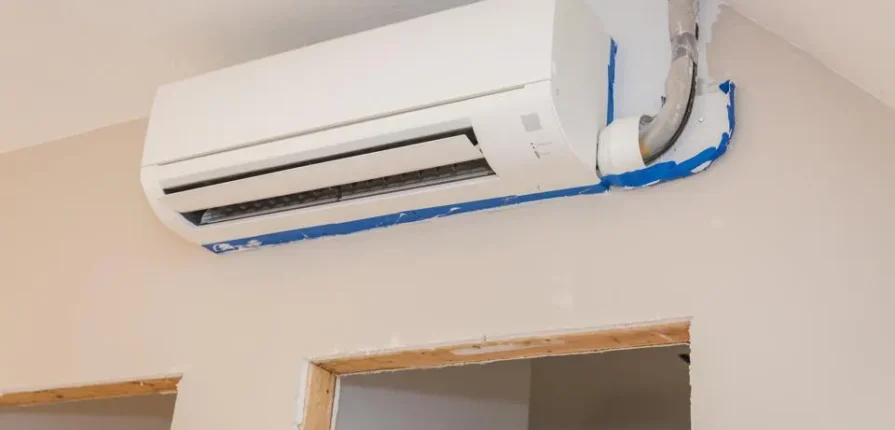Mini-split AC systems, also known as ductless mini-split systems, are a popular HVAC option for both residential and commercial spaces. Here’s a rundown on what they are and how they work:
What are Mini-Split AC Systems?
- Ductless Design: Unlike traditional central air conditioning systems that rely on ductwork to distribute air, mini-split systems are ductless. They consist of an outdoor compressor/condenser unit and one or more indoor air-handling units.
- Individual Zoning: Mini-splits allow for individualized temperature control in different rooms or zones. Each indoor unit can be controlled independently, offering flexibility and energy savings by only cooling or heating occupied spaces.
- Compact Size: The indoor units of mini-splits are typically sleek and compact, making them suitable for spaces where ductwork installation is impractical or impossible.
- Efficiency: Mini-split systems are known for their energy efficiency. Since they don’t suffer from the energy loss associated with ductwork, they can be more efficient than central AC systems.
- Heat Pump Functionality: Many mini-split systems also offer heat pump functionality, meaning they can provide both heating and cooling, making them a year-round HVAC solution.
How Do They Work?
- Outdoor Unit: The outdoor unit houses the compressor and condenser, which are responsible for circulating refrigerant to absorb and release heat.
- Refrigerant Lines: These lines connect the outdoor unit to the indoor units. They transport the refrigerant, which carries heat between the indoor and outdoor units.
- Indoor Unit: Each indoor unit contains an evaporator coil and a fan. The indoor unit blows air over the evaporator coil, cooling or heating it depending on the mode selected.
- Control Panel: Mini-split systems come with a control panel or remote control, allowing users to set the temperature, fan speed, and mode for each indoor unit independently.
Benefits:
- Flexible Installation: Since mini-split systems are ductless, they can be installed in a variety of settings, including older homes, room additions, or areas where ductwork is impractical.
- Energy Efficiency: By allowing for individual temperature control and eliminating the energy loss associated with ductwork, mini-split systems can be highly energy-efficient.
- Zoning Control: The ability to control each indoor unit independently allows for personalized comfort and energy savings by only cooling or heating occupied spaces.
- Quiet Operation: Mini-split systems are known for their quiet operation, with both the outdoor and indoor units producing minimal noise compared to traditional AC systems.
- Improved Indoor Air Quality: Since mini-splits don’t use ductwork, there’s no risk of dust, allergens, or other contaminants accumulating in the system and being distributed throughout the home.
Overall, mini-split AC systems offer a versatile, energy-efficient, and customizable HVAC solution suitable for a wide range of applications.



Recent Comments